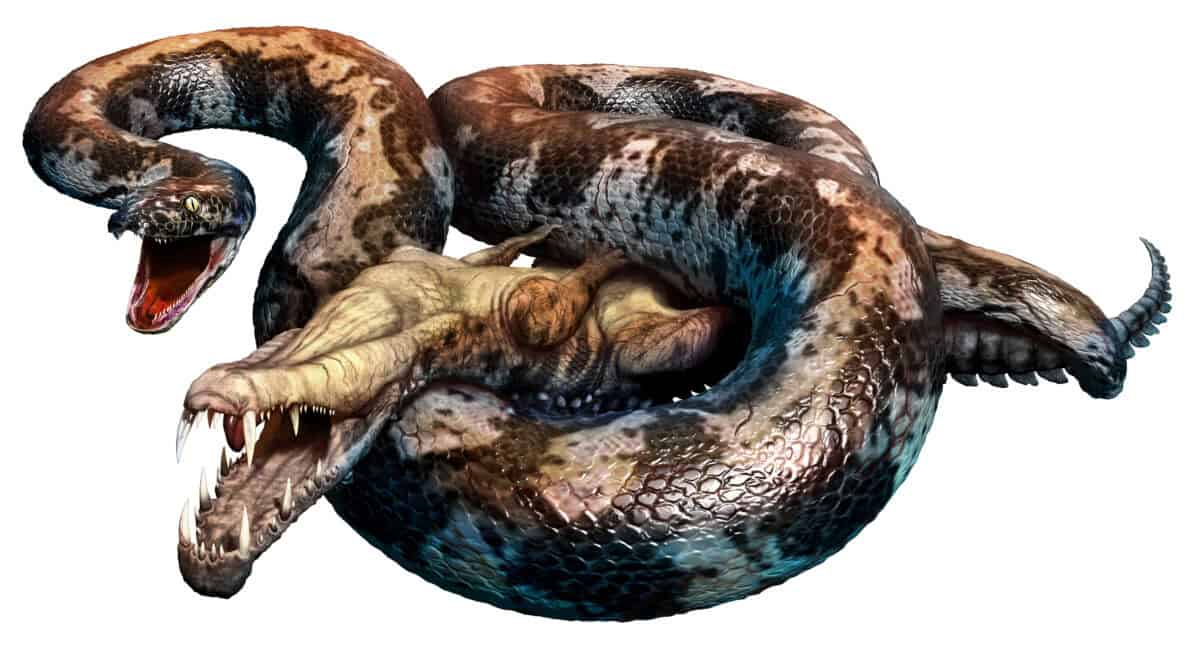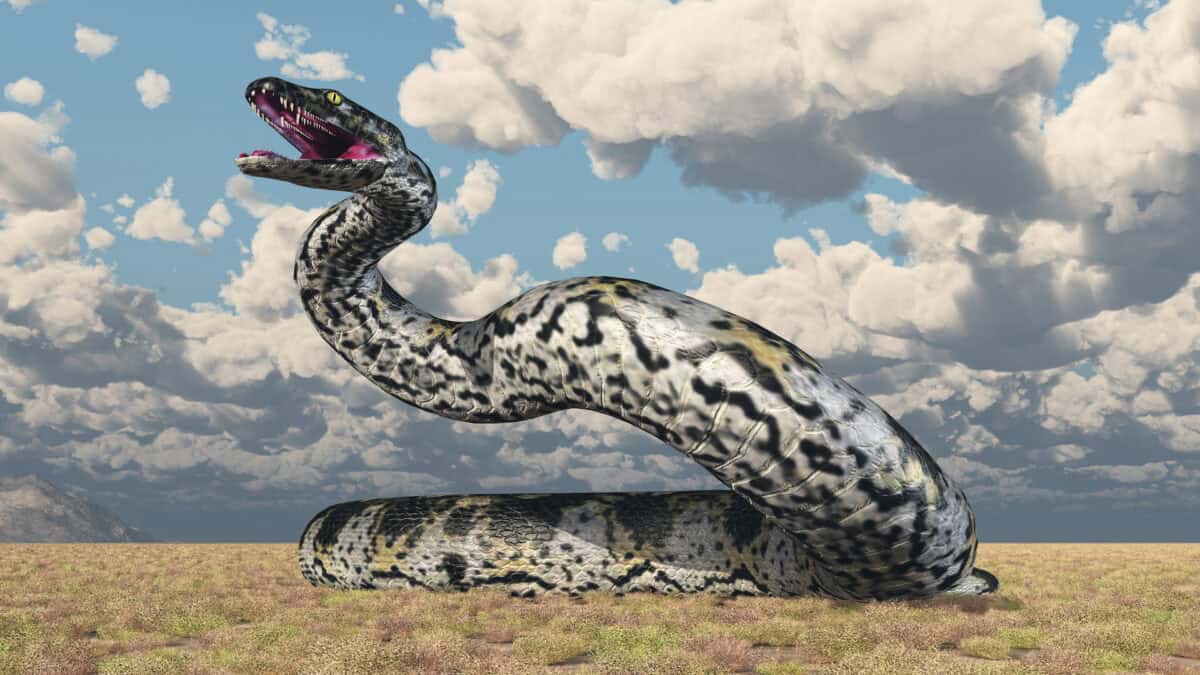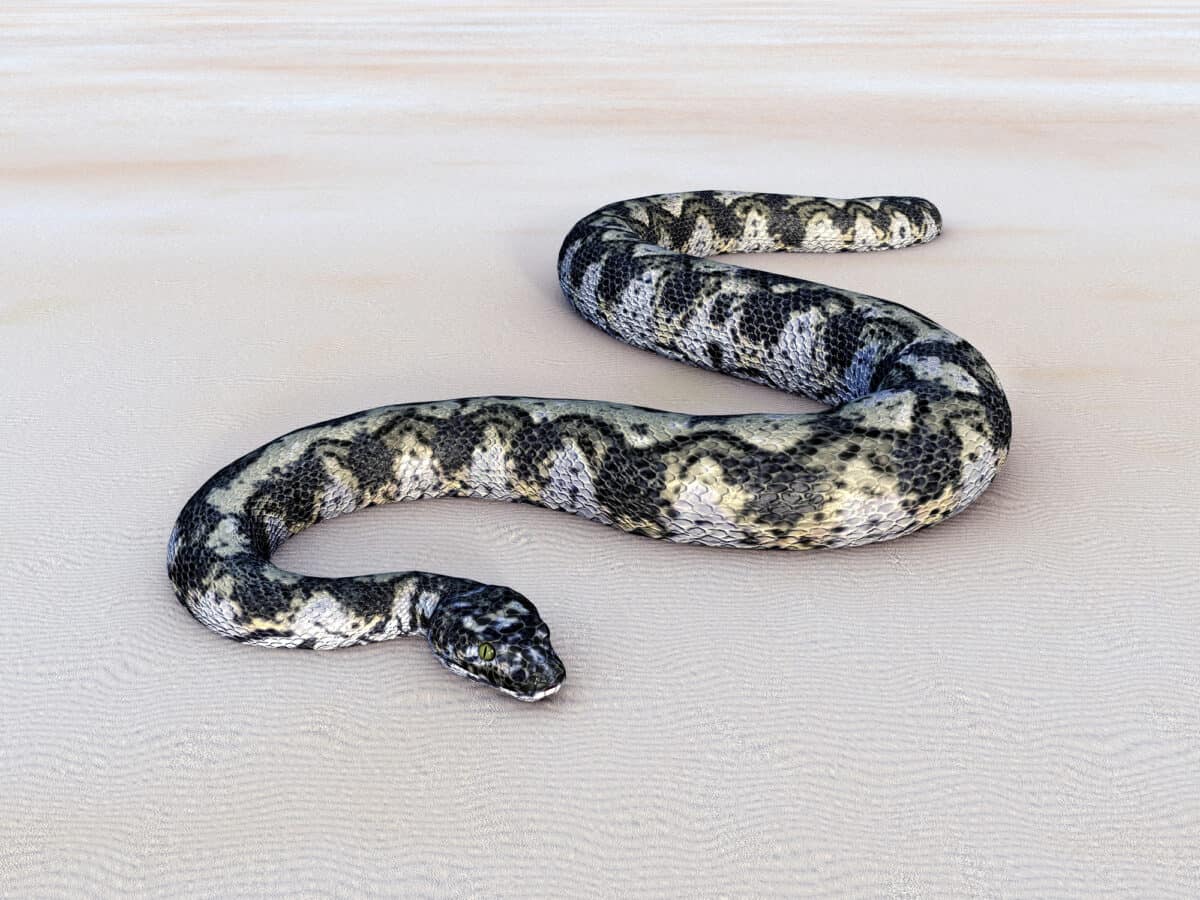Titanoboa cerrejonensis, an ancient reptile that reigned supreme in what is now northeastern Colombia, is a creature that continues to captivate the imaginations of scientists and enthusiasts alike. With its discovery first announced in 2009, Titanoboa has shed critical light on the ecosystems that flourished approximately 60 million years ago, during the Paleocene epoch. This enormous snake is renowned not only for its colossal size but also for the insights it provides into the history of life on Earth and the conditions of prehistoric climates.
A Record-Breaking Size

Titanoboa holds the record as the largest snake ever discovered. Fossil evidence suggests this incredible creature measured up to 42 feet in length and weighed over a ton. To put this into perspective, the modern reticulated python, one of the longest living snakes today, rarely exceeds 30 feet. The body of Titanoboa was thicker than that of an anaconda and could reach up to three feet in diameter, a testament to its impressive bulk and strength. This sheer size enabled Titanoboa to dominate its swampy environment, effectively making it the top predator of its time.
Living in a Tropical World

The habitat of Titanoboa, the Cerrejón coal mine in Colombia, offers a rare glimpse into the tropical climate of the Paleocene epoch. This period followed the mass extinction event that wiped out the dinosaurs, allowing mammals and, evidently, large reptiles like Titanoboa to thrive. The tropical rainforest in which Titanoboa lived was consistently warm, with high levels of humidity and dense vegetation. These conditions were ideal for supporting large reptilian fauna, suggesting that the climate played a crucial role in the evolution of such enormous snakes.
Hunting and Feeding Habits

As a top predator, Titanoboa’s diet likely included large prey such as crocodiles, turtles, and fish. Its immense size permitted it to climb riverbanks and ambush prey, relying on constriction to overcome large animals. Unlike venomous snakes, Titanoboa did not poison its prey. Instead, it used its massive strength to suffocate its victims, swallowing them whole once they were subdued. These hunting strategies draw parallels to modern-day anacondas, providing scientists with a deeper understanding of Titanoboa’s predatory nature.
Scientific Significance

Finding the fossils of Titanoboa was a monumental scientific achievement, offering invaluable insights into the biology of ancient reptiles and the climate of the Paleocene epoch. The discovery helped paleontologists refine their knowledge of evolutionary processes following the Cretaceous-Paleogene extinction event. Additionally, by analyzing the size and estimated thermoregulation mechanisms of Titanoboa, scientists concluded that the Earth’s climate was much warmer at that time compared to today. Consequently, the study of Titanoboa contributes significantly to understanding the potential impact of current global warming trends.
Conclusion: Titanoboa’s Legacy

Titanoboa cerrejonensis stands out in the fossil record as a paragon of prehistoric life—massive, powerful, and intricately linked to the Earth’s climatic and biological history. Through the study of Titanoboa and its ecosystem, scientists continue to explore the limits of reptilian size, the effects of ancient climates on biodiversity, and the intricate web of predator-prey relationships that once existed. The legacy of Titanoboa lives on, continuing to inspire curiosity in young and old alike, serving as a reminder of the dynamic history of life on our planet.
- The Wild Mustangs of Nevada Are a Living Piece of American History - August 17, 2025
- The Most Unusual Places in America That Have Seen Snowfall - August 16, 2025
- The Most Devastating Tsunami to Ever Strike the US West Coast - August 16, 2025

